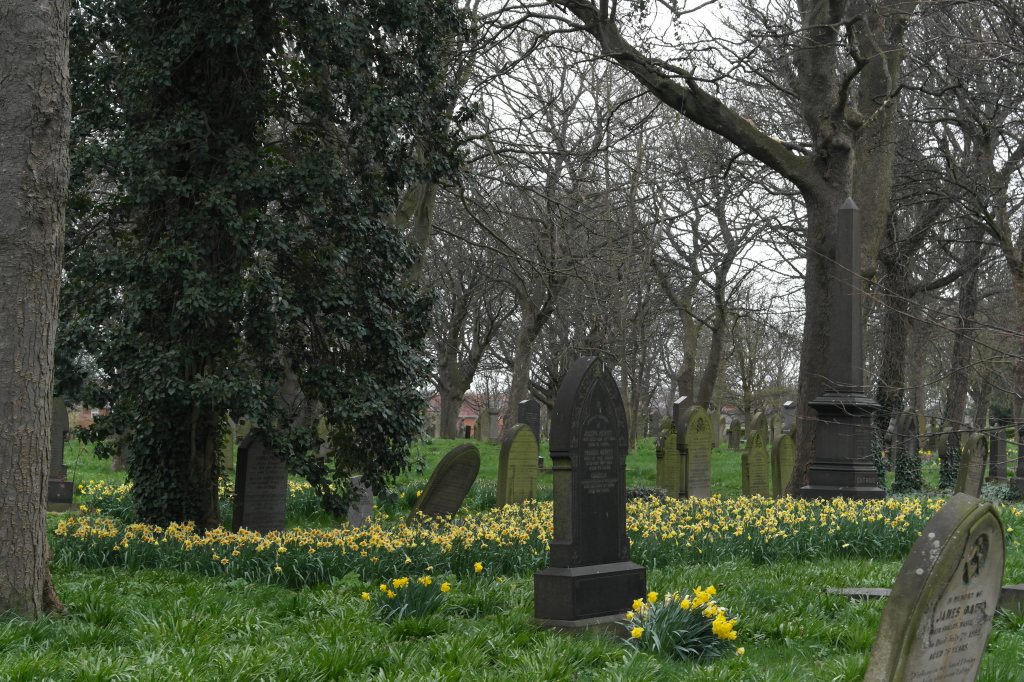
Strings of crocuses herald Candlemas. Butter yellow globes and eerie lilac spears in the plant pots in front of the house, in the park, and along the roadside. They are still buds, closed up tight but ready to burst, brave signals of the season to come. On the eve of Candlemas the sky is aflame: indigo and lilac clouds against an azure sky, pink and orange stripes across the horizon.

At dawn, all that remains of the colour is a thick orange band across the horizon. In a sky of two halves, white clouds scud against blue to the north and a mass of grey veils the south. There is a stillness within the whipping wind that accords with the deep energy of Candlemas. It isn’t yet spring, but spring is stirring. Deep within the earth, transformation is afoot. The shoots and the catkins and the baby leaves give something away, but for now the earth holds onto her mysteries.

The blossom tree that toppled in a storm two years ago is still alive, lying on its side. A small flock of wood pigeons forage on the grass before it. Another of the fallen has been denuded and bleached, but is a skeletal limb on the ground. The landscape seems to be a tangle of ivy, its berries mostly eaten.

At the creek, a group of long-tailed tits bounce over the path from one tree to another, calling softly. The burn is low and still. A robin sings from high up in the canopy. A pair of mallards float quietly on the small weed-choked pond. Six magpies squabble on the grass and a seagull soars on the wind high above. The reeds that line the burn have all been scythed, I think because they were being set on fire by local ruffians. A few marsh marigold flowers are vivid yellow splashes in the stream.

Mahonia blooms at the edge of the pond. The daffodil shoots are out but there is no hint of any flowers yet. Mallards float languidly and a couple of black headed gulls swoop in. Moorhens flute softly from the reeds. A pair of mallards bob heads in unison. A heron is hunched on the edge of the reeds, back turned to the pond and head under his wing.

It has been too long since I came to the dene, but the signs of the season are much as always, re-assuring me that some things don’t change. I am trying to re-set myself. After months lacking motivation, staying out of the world and not paying attention, I hope this walk will stir something in me, re-awaken the creative spirit. It is a quiet start, but an intentional one. In the coming days, I will watch the crocuses unfurl their tiny splendours, listen to a robin sing his heart out in a tree of catkins and spot my first ever redwing. The earth is awakening and so am I.

























































